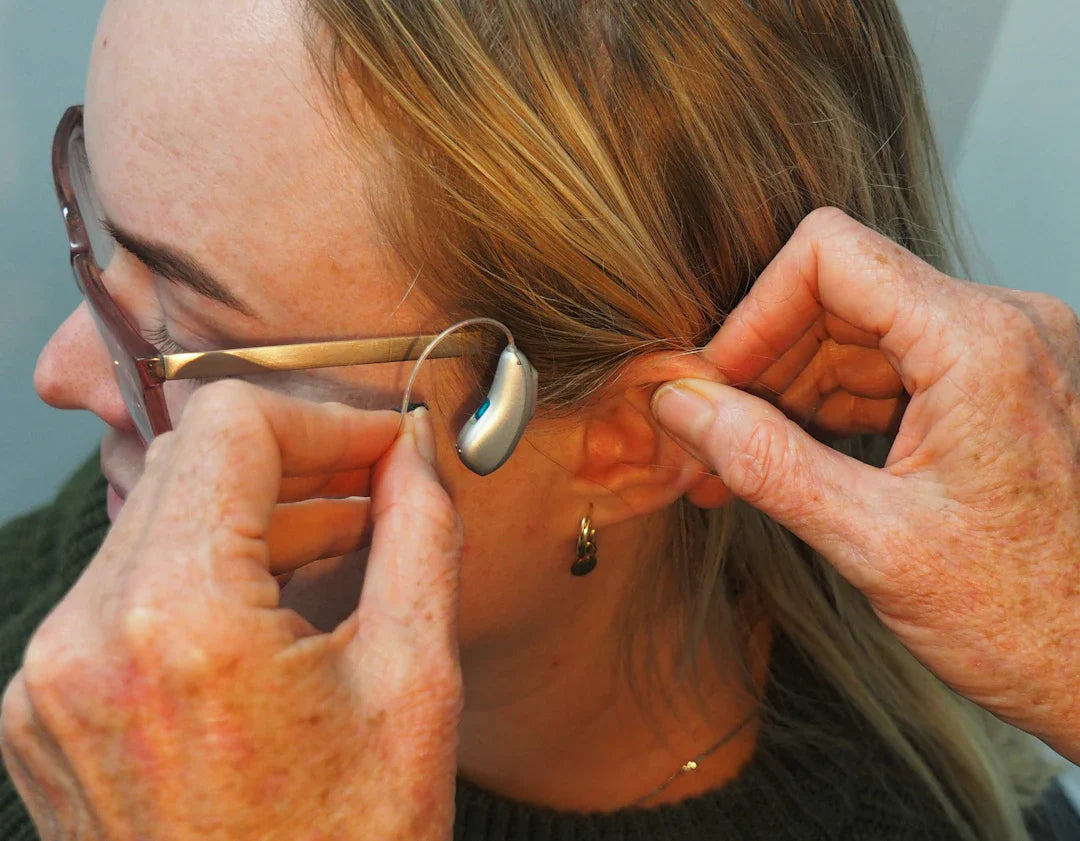Living with hearing loss can be challenging, but hearing aids have revolutionized the way individuals with hearing impairment navigate the world. Despite their benefits, hearing aids are often surrounded by misconceptions and myths that can prevent people from seeking the help they need. In this article, we will debunk some common myths about hearing aids to help you make informed decisions about your hearing health.
Myth 1: Hearing Aids Are Only for the Elderly
One of the most prevalent myths about hearing aids is that they are only for the elderly. In reality, hearing loss can affect individuals of all ages, including children and young adults. Whether your hearing loss is due to ageing, exposure to loud noises, or other factors, hearing aids can help people of all ages improve their quality of life.
Myth 2: Hearing Aids Are Uncomfortable to Wear
Another common misconception is that hearing aids are bulky, uncomfortable devices that are noticeable to others. Thanks to advancements in technology, modern hearing aids are discreet, lightweight, and customised to fit comfortably in your ear. Brands like Phonak, Widex, Signia, and GN Resound offer a range of hearing aids that are both effective and comfortable to wear.
Myth 3: Hearing Aids Can Restore Hearing to Normal
While hearing aids are incredibly effective in improving hearing and communication, it is important to understand that they cannot restore your hearing to normal. Hearing aids amplify sounds to make them clearer and more understandable, but they cannot reverse the effects of hearing loss. However, they can significantly enhance your ability to hear and engage with the world around you.
Myth 4: Only One Type of Hearing Aid Exists
Contrary to popular belief, there is not just one type of hearing aid available. Hearing aids come in various styles, including behind-the-ear (BTE), in-the-ear (ITE), and completely-in-canal (CIC), among others. Each style offers unique benefits and is suitable for different types and degrees of hearing loss. By consulting with a hearing care professional, you can find the right hearing aid that meets your specific needs.
Myth 5: Hearing Aids Are Obsolete Due to Other Technologies
With the rise of innovative technologies, some people believe that hearing aids are becoming obsolete. On the contrary, hearing aids continue to evolve and embrace cutting-edge features like Bluetooth connectivity, rechargeable batteries, and smartphone compatibility. Brands like Signia and GN Resound are at the forefront of integrating advanced technologies into their hearing aids to provide users with a seamless listening experience.
Myth 6: Hearing Aids Are Too Expensive
Cost is often a concern for individuals considering hearing aids. While it's true that hearing aids can represent a financial investment, many hearing healthcare providers offer affordable options and financing plans to make hearing aids more accessible. Additionally, some insurance plans cover part or all of the cost of hearing aids, making them a more feasible solution for those in need.
Myth 7: Hearing Aids Are Noticeable to Others
One of the fears that deter people from wearing hearing aids is the perception that they are easily noticeable by others. In reality, modern hearing aids are designed to be discreet, with some styles being nearly invisible when worn. Brands like Phonak and Widex offer sleek, compact hearing aids that blend seamlessly with your natural appearance.
Myth 8: Hearing Aids Are Unnecessary for Mild Hearing Loss
Some individuals with mild hearing loss underestimate the impact of their condition and believe that hearing aids are unnecessary. However, untreated hearing loss, regardless of its severity, can lead to social isolation, cognitive decline, and reduced quality of life. Seeking assistance from a hearing care professional and considering options like Phonak and Widex hearing aids can prevent these negative consequences.
Myth 9: Hearing Aids Make Everything Sound Too Loud
Another common myth is that wearing hearing aids will make all sounds uncomfortably loud. Modern hearing aids are equipped with sophisticated features like noise reduction and automatic volume adjustment, allowing wearers to hear sounds at a comfortable and appropriate level. By working closely with an audiologist, you can fine-tune your hearing aids to suit your preferences and lifestyle.
Myth 10: Earwax Removal Is Not Essential for Hearing Aid Users
Proper ear care is crucial for the optimal performance of hearing aids. Earwax can accumulate and block the sound pathway, affecting the functionality of your hearing aids. Regular earwax removal procedures, either at home or through professional services, are essential for maintaining clear and effective hearing aid usage.
Myth 11: DIY Hearing Aid Adjustments Are Safe
Some individuals attempt to adjust their hearing aids at home without professional guidance, believing it to be a cost-effective solution. However, DIY adjustments can result in incorrect settings, discomfort, and even damage to your hearing aids. It is imperative to consult with a qualified audiologist for proper adjustments and maintenance to ensure your hearing aids function optimally.
Myth 12: Hearing Aids Are a Sign of Weakness
Lastly, the misconception that wearing hearing aids signifies weakness or old age is unfounded. Hearing loss can impact anyone, regardless of age, and seeking assistance through hearing aids demonstrates proactive self-care and a commitment to maintaining a healthy lifestyle. Brands like GN Resound and Signia offer sleek and modern hearing aids that empower users to embrace their hearing needs confidently.
Empowering Yourself with Hearing Aid Knowledge
Ultimately, dispelling common myths about hearing aids is essential in empowering individuals to take control of their hearing health. By understanding the benefits and capabilities of hearing aids from reputable brands like Phonak, Widex, Signia, and GN Resound, you can make informed decisions that enhance your quality of life and reconnect you with the sounds of the world.




